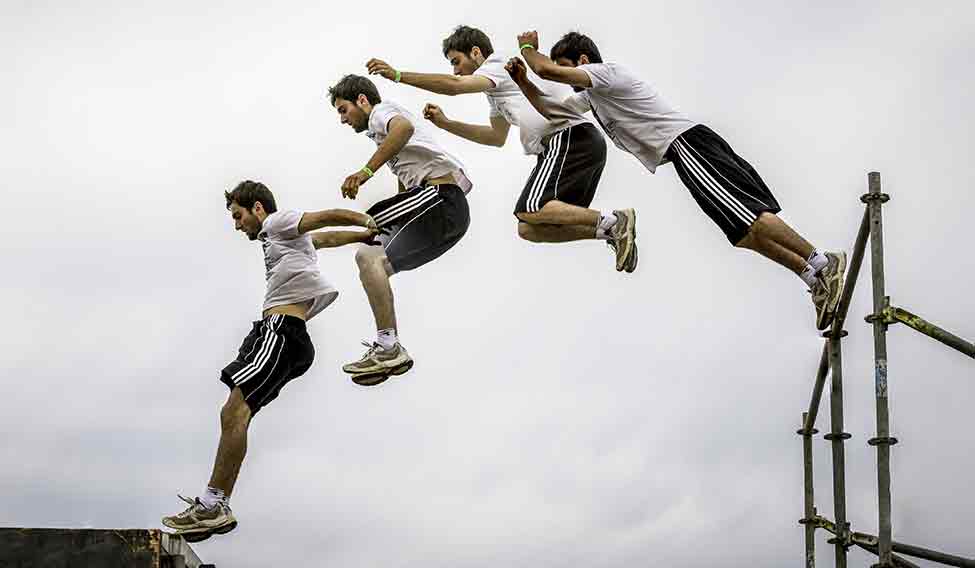As a child, Hitesh Ruchira, 36, was always physically active. He played football, had a black belt in karate and playtime was a priority. But then he grew up, and time came at a premium. So, the Mumbaikar joined a gym, where he would lift weights and do other workouts. He, however, couldn’t call himself fit despite the regular workouts. His flexibility was poor and stamina was low and he found himself constantly injured. His injuries forced him to stop his gym visits. He then took up yoga and tried other fitness routines.
Ruchira is not the only one to give up gym workouts. A large number of people have discovered that following a single approach to fitness doesn’t work. Gyms, fad workouts and celebrity-driven fitness routines have left them uninspired, bored and, more worryingly, injured. They have now given up lifting weights for freehand exercises; running on the treadmill for early morning jogs; protein shakes for real food. Fitness training has now turned functional. With this kind of rising awareness, there is also an increasing demand for trainers who train holistically in different varieties—from Pilates, martial arts, HIIT (high-intensity interval training) and yoga—and who give a tailor-made routine that suits every client’s requirements.
In fitness coaching platform GOQii’s India Fit 2016 report based on interviews with 50,000 consumers from seven metros of India, the respondents cited five health goals—to get active and fit, reduce stress, weight management, improve sleep quality and prevent and control illness. The report found that 97 per cent of respondents wanted to get fit; men focused more on muscle gain whereas women focused more on weight management. Also, almost 74 per cent of them preferred outdoor training. All in all, young India was asking for more from their fitness routines.
Take, for instance, Ruchira, who changed his fitness routine when yoga couldn’t provide him the desired strength and endurance. He then started training under Abhishek Sharma in Mumbai, doing squats, lunges, stretches, freehand exercises, boxing, playing an occasional game of basketball, going for runs and doing yoga. All this was done, not in the gym, but in parks. Ruchira says he is stronger than before and is ready to join a month-long training camp on Muay Thai, a martial art form, in Thailand, his lifelong dream. Functional training is the only one that fits his lifestyle that includes constant travelling, says the textile businessman.
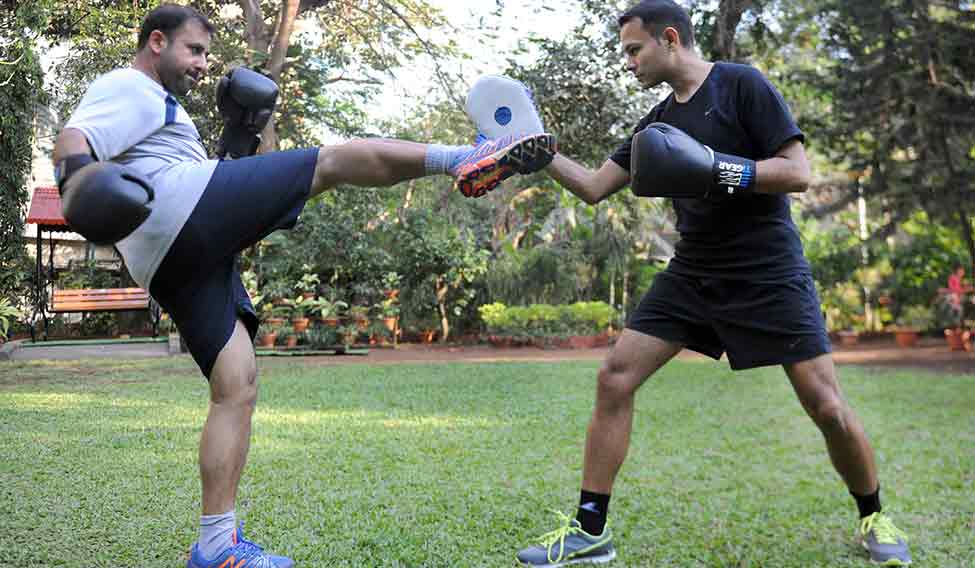 Abhishek Sharma, a celebrity fitness trainer, seen here training Hitesh Ruchira (left) | Amey Mansabdar
Abhishek Sharma, a celebrity fitness trainer, seen here training Hitesh Ruchira (left) | Amey Mansabdar
The fitness trend right now is going back to basics, says Sharma, who has been working with celebrities like actor Deepika Padukone for the last decade and a half. Being a former sportsperson and having a martial arts background helped him combine yoga with cardio and other strength and endurance workouts, thereby giving his clients a holistic workout. He says he has seen the rise of gyms and yoga studios and the drawbacks of both. “As a trainer, I am finding more people coming with injured knees that they got because of running on the treadmill,” he says. “I was chatting with a doctor who said a lot of people going to gyms are coming with injuries that were earlier seen only in sportspersons and that need prolonged physiotherapy.” These injuries occur either because of lack of good trainers who can guide and correct the form or because of online workout videos. “These videos often skip the warmup and the cool down which is essential to keep you injury free,” he says.
While India is fast turning into a running nation, with each metro hosting its own marathon and ultra marathon, there is an equal rise in injuries. “People are taking up fitness and they think running is a great way to start, which is good. But they are running so much in such less time that they are getting injured. Then they go to the physiotherapist and they are told that your glutes are not good, you need to strengthen the muscles around your legs to support your running,” says Urmi Kothari, a Mumbai-based certified Nike trainer. She has her own fitness label, Kinetic Living, which integrates Pilates, yoga and athletics for a holistic living experience. “In the last six months, I am seeing runners are working on their core, and they are understanding that apart from running they need to do more complementary training that will help them to run better and stay injury-free,” she says.
 Urmi Kothari, founder, Kinetic Living
Urmi Kothari, founder, Kinetic Living
With more people doing desk jobs, bad posture has become common. And if people with bad postures do intense exercises, their workout is affected, she says. “When people are not mindful about what they are doing, they are not activating the right muscles,” says Kothari. “For example, I ask you to do a squat. If you are not engaging your abs and glutes, then the results aren’t as effective if you were doing it mindfully. Even Arnold [Schwarzenegger] used to visualise his bicep muscles while doing the bicep curls. When you connect your mind and body, you achieve much more.” This is why she doesn’t advocate people watch television while running on the treadmill or cycling.
There are also some fundamental problems with gyms—most of them charge extra for a trainer, which is why most people work out without supervision. “Moreover, people try to outdo each other in the gym and lift more and more weight, which, when done incorrectly, affects circulation, increases burden on one side of the body and weakens muscles, causing injuries,” says Neeraj Mehta, director and technical head of GFFI-Fitness Academy in Delhi. “When you lift weight, the benefits are specific to those body parts. But when you do strength training, you will get results throughout your body, in your muscle fibres from head to toe.”
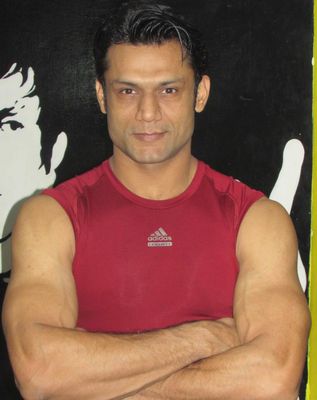 Neeraj Mehta, director and technical head of GFFI-Fitness Academy
Neeraj Mehta, director and technical head of GFFI-Fitness Academy
This is why functional training is the buzzword in the fitness world today. People have realised that even though they are pulling 30kg weights in the gym, they find it difficult to, say, carry a heavy suitcase upstairs, give their car a push or lift their children. This is where gym-designed workouts fail, and functional training helps as it focuses on building a body capable of handling real-life activities in real-life situations. It is practical and useful, and therefore highly popular.
Diyana Erappa, 25, knows a thing or two about what crash dieting does to the body. She had been on various such diets for an international modelling stint and sustained severe health issues. While she was always thin, it was only after working out with Kothari that she felt fit. “My core strength has improved. I love the fact that we are doing a mix of cardio, strength training, running and working outdoors,” she says. This is why she doesn’t mind travelling 10km, from Andheri to Bandra, for her workouts twice a week.
For Sumit Khaneja, 37, a banker, these dynamic workouts, combining Pilates, yoga and strength exercises, have taken his fitness to another level. An avid runner since 2011, he had joined various running groups, but he found his form and endurance improving only after training with Kothari for the last four months. “In the gym, it is all about how long and how many repetitions of a workout you do, now I do less but with better form,” he says. He has completed three half-marathons since his training, and says he doesn’t feel tired afterwards, nor has he hurt himself since. He plans his schedule so that he never misses his twice-a-week sessions.
There is a similar revolution in the field of nutrition and food, too. There was Atkins diet, then came GM diet, Paleo, Mediterranean, raw food and only-proteins diet. Many people tried these fad diets for instant fat loss, but sadly that didn't happen. Instead, there was loss of energy, some water and muscle mass. Today, owing to more in-depth health information on the internet, there is more awareness about nutrition and eating right. Slowly, Indians are valuing traditional cuisines and food habits. It is less about exotic oils or ingredients and more about rediscovering our past traditions. Millets, therefore, are in, so is ghee, thanks to new diet books authored by Indians.
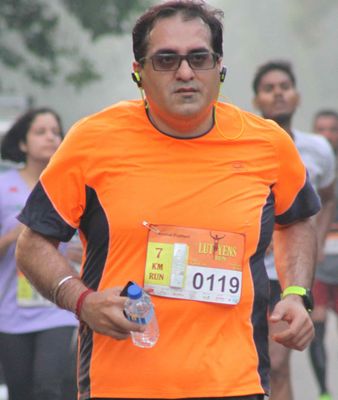 Anshul Punhani, marketing professional, on the failure of diet plans
Anshul Punhani, marketing professional, on the failure of diet plans
“People have been there, done that, and are realising that fad diets are absolutely useless,” says Kavita Devgan, nutritionist and weight management expert and the author of Don’t Diet! Fifty Habits of Thin People. “They just don’t deliver. There is also a growing realisation, thankfully, that they might even be damaging. And getting thin at the cost of health is a big no-no. But that said, I feel a lot more work needs to be done in this regard as the younger lot still gets tempted to try them out looking for quick fixes.”
Anshul Punhani, 42, has been a witness to this trend. He led a typical lifestyle of a marketing honcho in Delhi. He wasn’t physically active as a child and by the time he left college, he had belly fat. Untimely snacking and erratic meal times made him obese. He tried different diet plans and many of them worked but within months of losing weight, he gained it back. “I would go ten steps ahead and twelve steps back,” he recalls. Post one such diet, he gained an additional ten kilos to the 25kg he lost; he was an unhealthy 120kg when he reached his 40s. “I started getting these symptoms like sudden fatigue, snoring and no appetite, and tests revealed I had high cholesterol and diabetes,” he says. He needed help, and he needed it fast. That’s when he went to nutritional therapist Rachna Chhachhi, and her guidelines of eating changed his lifestyle and perspective. He lost 35kg in eight months and hasn't regained it. He has started running five to seven kilometres daily and carries his running shoes wherever he goes. The guidelines that he follows are simple: drink plenty of water, sleep for seven hours daily, eat short meals and at the right time and exercise every day. With these changes, he is no longer on medication and is able to deal with stress better.
Weight loss by dieting will never be permanent or healthy. Fad diets that include a few food items lead to lack of sugar in the bloodstream, which can make one cranky and lower energy levels. Restrictive eating also leads to slowing down of metabolism, which does not aid weight loss. Eating only a few food groups denies our body the nutrients it requires for digestive and other processes, leading to constipation and even bloating. This is why it is difficult to sustain a diet and keep getting results.
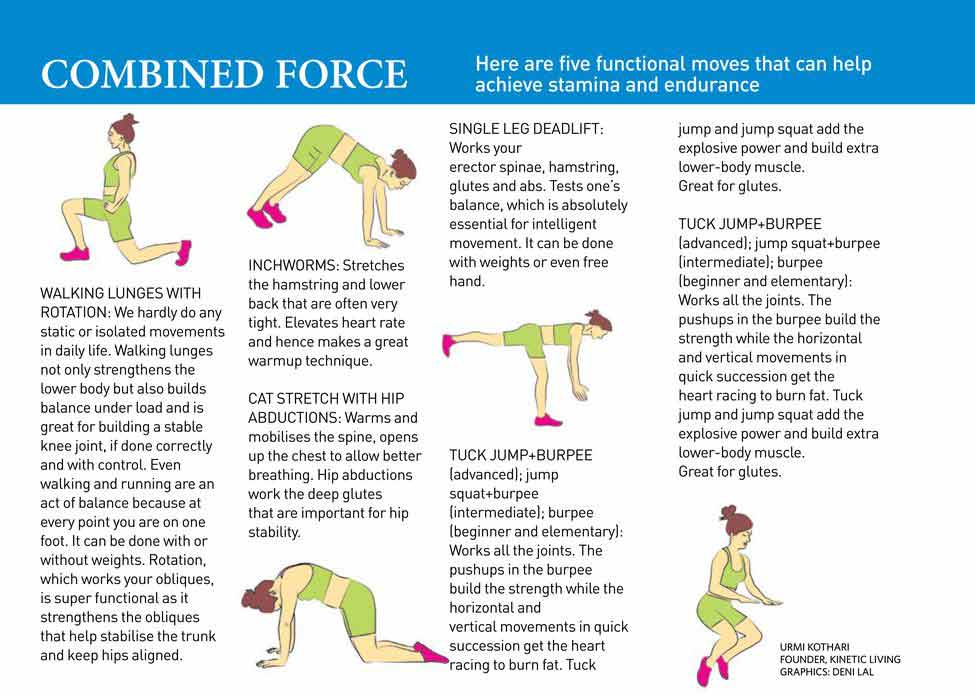
“The moment people understand that all calories are not equal, they will choose good health. For example, the calories in a slice of bread is lower than 10 almonds, but bread makes you crave food and almonds help you eat less plus decrease inflammation and control mood swings,” says Chhachhi, who specialises in treatment of chronic disease through nutrition. She says she treated her own rheumatoid arthritis, an autoimmune disease that doctors claim has no cure, with food. “My personal philosophy is balance,” she says. “I am not a vegan, and I don't support it. To stay balanced in our minds and bodies, we have to eat balanced meals that should incorporate a lot of healthy food and a little bit of junk as well, as adding some junk helps us not binge. To stay mentally and physically fit, you have to do some form of exercise six days a week. No negotiations on that.”
Agrees Devgan, who says the mindset needs to change from getting thin to getting fit. “People need to understand the importance of opting for a process that delivers long-term health and weight loss, instead of falling for a quick loss and regain scheme, which actually messes up your body and metabolism,” she says. “For that, we need to change the message that media sends out from ‘thin is in’ to ‘fit is better’. We need to stop our obsession with diets and begin talking about healthy eating and responsible exercise.”
But the change is already here, according to PricewaterhouseCooper’s 2015 Wellness report, “The Indian wellness industry is estimated to grow at a CAGR [compound annual growth rate] of 20 per cent to touch Rs 87,500 crore in the next three years. The way consumers gratify their curative and enhancement needs will continue to evolve, driving the transition from remedial care to a more holistic view on preventive care.”




